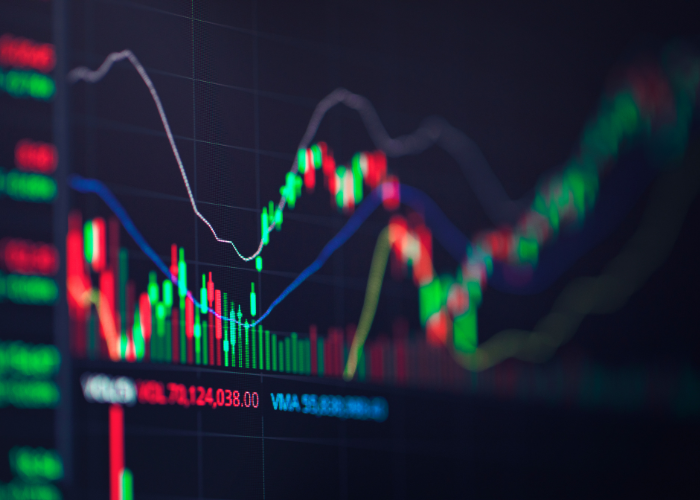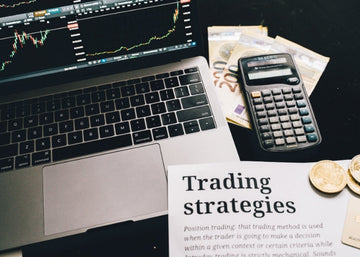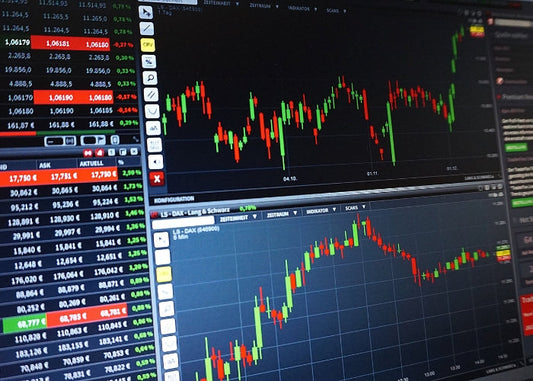Hawks vs. Doves

You may have come across news citing central bank members being hawkish or dovish.
These are terms used to describe a member’s stance on monetary policy.
In general, “hawks” are the members who tend to prefer a tighter monetary policy
while “doves” tend to support a looser monetary policy. Traders classify hawks and doves based on recent speeches and voting patterns by the respective members. Central bank members generally don’t describe themselves as hawks or doves.
The market tends to ignore comments from members that are in line with their usual
stance. So, if you have a hawk talking in a hawkish way, that won’t cause much of a
reaction because it’s already known. On the other hand, if a central bank member deviates from his/her usual stance, that makes it much more compelling and triggers a reaction as the market prices in the new information as that could foreshadow a change in monetary policy.
There’s also kind of hierarchy of importance. For example, if we take the Federal Reserve, the most influential members are the Fed Chair, the Vice Chair and the President of the New York Fed (These three are also called the “troika”). Then you have the Board Governors and finally the four Presidents from the regional Federal Reserve Banks that rotate annually.
Following central bank members' speeches and comments is important because it can
give you a general view on their thinking and sometimes even clues on what to focus on
for a change in monetary policy
कोई टिप्पणी नहीं
Home
Trive
TriveHub





0 टिप्पणियाँ